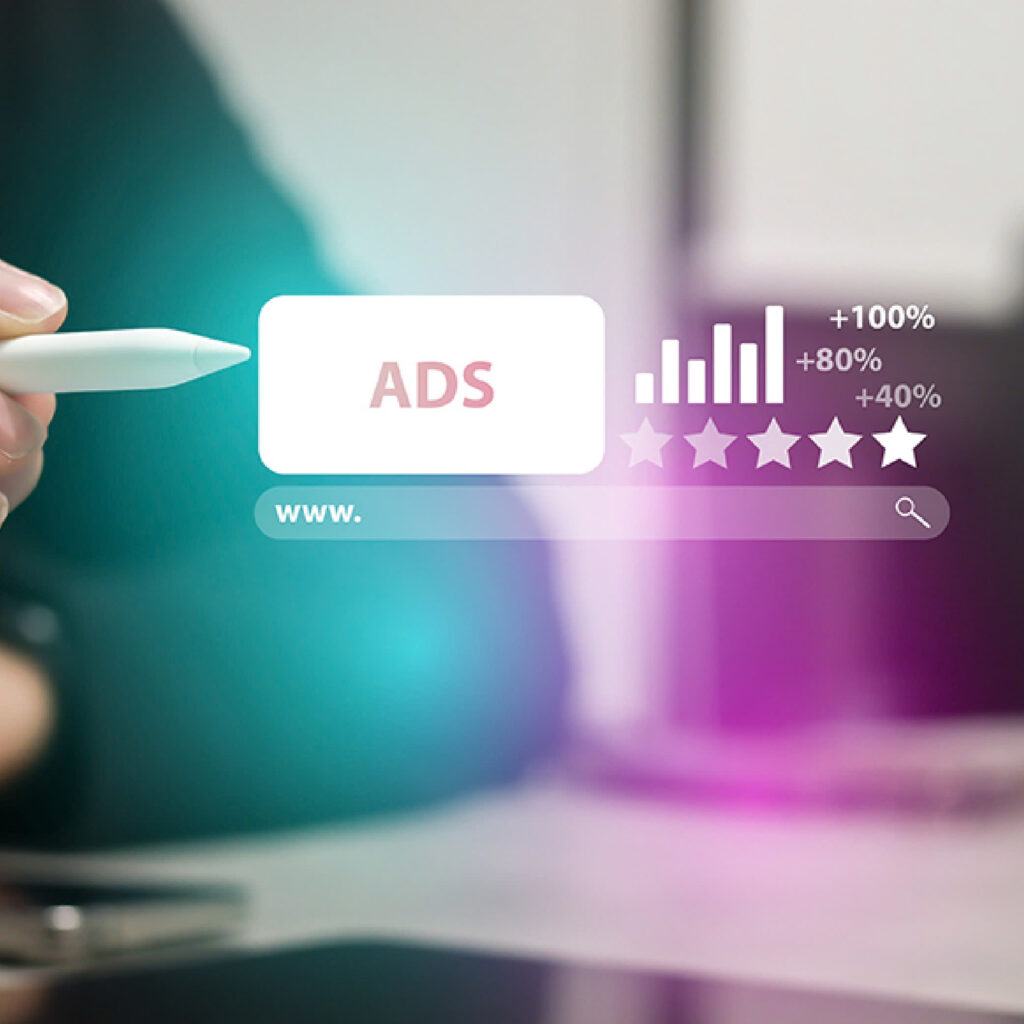
The open internet offers marketers endless possibilities to connect with consumers on a global scale. At the same time, it brings a new wave of challenges, especially around accuracy, transparency, and consumer trust. As digital landscapes evolve, people’s expectations are rising fast. They demand honesty, responsible data management, and meaningful engagement from the brands they choose to interact with.
But building trust today isn’t just about following the rules or ticking boxes. It’s about human connection — about proving that behind every logo and tagline, there’s a brand that respects people’s values and choices. Think of it like Wi-Fi. When the signal is strong and consistent, everyone’s happy. But if it drops the moment you step out of the room, frustration kicks in. The same goes for trust. Keep it stable and dependable, and you’ll never lose connection.
Building Trust through Transparency and Authenticity
In a sea of content, consumers are remarkably good at spotting what’s real and what’s not. Authenticity doesn’t just mean saying what you think they want to hear. It means sticking to your brand’s core values even when it’s tempting to take shortcuts. Imagine you’re on a first date. If you’re trying too hard or acting like someone you’re not, your date will see through it eventually. Authentic brands build long-lasting relationships by being honest from day one.
One of the most crucial aspects of building trust is consistency. It’s not enough to say you’re authentic. You have to show it repeatedly, no matter the platform. This doesn’t mean repeating the same message like a broken record. Instead, think of it as telling the same story from different angles, adapting it to fit each context while keeping the essence intact.
Take Patagonia, for example. The outdoor apparel brand has consistently demonstrated its commitment to sustainability, not just through words but through concrete actions like donating company profits to environmental causes. Whether on social media, in-store, or in email campaigns, their message stays grounded and consistent. Consumers know what Patagonia stands for, and that trust translates into fierce brand loyalty. (Source: Designstripe)
It’s not just about telling people what you’re doing right. It’s also about admitting when you’ve slipped up. Owning mistakes openly and outlining how you’re fixing them goes a long way in building credibility. Remember, people are surprisingly forgiving when you’re transparent and accountable. Just like how friends cut you some slack when you admit you’ve messed up.
Personalization Without Invading Privacy
Personalization has become the golden ticket to consumer engagement, but it’s also a potential minefield. Done right, it feels like the brand truly knows you. Done wrong, it feels intrusive and creepy, like a stranger guessing your coffee order before you even speak. The line between helpful and invasive is thin, and brands need to tread carefully.
Instead of collecting every possible data point and hoping it will magically enhance customer experience, be strategic and intentional. Make it clear why you’re collecting data and how it benefits the consumer. Spotify nails this with its annual “Wrapped” campaign. It’s personalized, insightful, and, most importantly, fun. Users look forward to seeing their listening habits wrapped up in colorful visuals because it feels like a gift rather than surveillance.
In contrast, brands that bombard users with eerily specific ads right after a single website visit come off as desperate. Consumers don’t appreciate feeling followed, and the trust that took ages to build can shatter in seconds. It’s like bumping into an acquaintance who remembers every little detail about you, awkward and unsettling.
Communicating Effectively Across a Fragmented Digital Landscape
Reaching your audience used to be simple. Just pick a channel, craft a message, and hit send. Now, with countless platforms and formats, keeping your message consistent without sounding repetitive is a real balancing act. Yet, despite the chaos, consistency is the bedrock of brand identity.
Social media, websites, emails, and videos each serve different purposes and demand tailored approaches. A witty tweet might resonate on Twitter, but the same message on LinkedIn could feel out of place. It’s about knowing not just where your audience is but also how they want to engage on each platform.
Think of how Netflix handles its communication. On Twitter, it’s witty and conversational, while on LinkedIn, it highlights corporate achievements and cultural insights. Yet, regardless of the platform, the brand’s personality stays intact: engaging, clever, and undeniably human.
But consistency isn’t just about tone and style. It’s also about your core values shining through every message. If you position yourself as a champion of sustainability, don’t post tone-deaf content about wasteful practices on another platform. Your audience will notice, and they won’t let it slide.
Data Ethics: Balancing Real-Time Insights and Respect
Real-time data is an incredible asset for marketers. It helps brands respond swiftly to changing trends, predict consumer needs, and tailor content on the fly. But just because you can collect data doesn’t mean you should. Consumers are increasingly conscious of how their data is being used, and nothing breaks trust faster than feeling exploited.
Imagine you’re shopping online for running shoes, and minutes later, your social feeds are flooded with ads for fitness gear. It feels intrusive, even if it’s relevant. Instead of bombarding people with targeted ads, be transparent about why they’re seeing them. A simple message like, “We noticed you were looking at running shoes, check out our latest styles!” feels a lot friendlier than ads popping up without context.
Brands like Apple have successfully positioned themselves as privacy advocates, giving users more control over their data. This transparent approach not only builds trust but also strengthens brand loyalty. Consumers feel respected and valued, not just treated as data points.
Owning Your Mistakes and Staying Human
Sometimes, despite the best efforts, things go wrong. An ad placement turns awkward, a data breach happens, or a message misses the mark. The instinct might be to cover it up or stay silent, but that usually backfires. Instead, own it. Apologize sincerely and explain how you’re making things right.
When KFC in the UK ran out of chicken, it was a logistical nightmare and a brand disaster. Yet, their witty and honest response, featuring a rearranged logo reading “FCK” on a chicken bucket, won back consumer affection. Instead of shifting blame or making excuses, they admitted the mistake with humor and humility. (Source: BBC)
The Future of Marketing: Transparency as the New Standard
Looking ahead, brands that proactively embrace transparency and prioritize ethics will thrive. Consumers are more informed and discerning than ever, and they expect brands to act responsibly. Those that treat transparency as a core value rather than a marketing tactic will build stronger, more resilient relationships.
The future isn’t just about using data and technology better — it’s about using them more responsibly. Storytelling will play a crucial role in helping consumers understand data practices without feeling overwhelmed or manipulated. Brands that humanize their approach and communicate openly will win the long game.
Building trust is not a one-time effort. It’s an ongoing commitment to honesty, consistency, and respect. In a world where skepticism is high, marketers have an incredible opportunity to stand out by being real, relatable, and genuinely thoughtful. The brands that succeed will be the ones that make trust their most valuable asset — because in the end, nothing else will keep your audience coming back.



















